 |
Barring some injuries, it looks like Chisenhall is ticketed for the minors (Photo: AP). |
Some news, notes, and thoughts from my Indians notebook…
Chisenhall’s no sure thing
I’ve heard a lot of discussion that one of the position battles that bears watching this spring is at third base between Lonnie Chisenhall and Jack Hannahan. While it is technically true that the third base starter has yet to be determined, the position battle Chisenhall is involved with is not with Hannahan, but with several bullpen arms and right-handed hitting bench options.
Barring an injury this spring Hannahan is a lock to be on the Indians opening day 25-man roster. In addition to the guaranteed $1.1 million he is scheduled to make this season, he also is an exceptional defender, a key component in the makeup of the team, and has some versatility to play a few other positions. So there is no doubt he is on the team.
Chisenhall has a chance to make the opening day 25-man roster, but unless the Indians suddenly change their philosophy with the makeup of the roster or someone gets hurt, it looks like he is ticketed to open the 2012 season at Triple-A Columbus. He is no doubt the Indians’ third baseman of the future, and that future may be now, but there are several reasons as to why he may have to open the season at Columbus.
The Indians will be sporting a regular starting lineup that features an all left-handed hitting lineup (7 lefties, 2 switch hitters). Since both Chisenhall and Hannahan hit left-handed they are probably unable to keep both players since they need to have an all right-handed hitting bench in order to best complement their left-handed heavy starting lineup.
If the Indians stick with their four man bench setup like in years past (12 pitchers, 13 position players), then barring injury the bench looks close to being set right now with catcher Lou Marson, infielder Jason Donald, outfielder/first baseman Shelley Duncan all but guaranteed spots. The fourth and final spot could be filled with Hannahan or Chisenhall so the Indians can carry both players, but the Indians will probably need that final spot on the bench for another right-handed bat like Aaron Cunningham, Ryan Spilborghs, or maybe even Jose Lopez.
So the true battle that involves Chisenhall this spring comes down to the Indians making the best decision on what to do with the 25th spot on the roster. Do they just do what they have in the past and stay with the 12-man pitching staff and just option Chisenhall to Columbus? This looks like the most ideal scenario. The only chance he may have to make the team is if they decide to have more flexibility with the lineup and only have 11 pitchers, thus creating another bench opening for someone like Hannahan since Chisenhall would be the regular third baseman if he is with the team.
You hate to send Chisenhall to the minors to open the season, but it may be what is best for the team in the short term. The pitching staff really trusts Hannahan over at third base, and Chisenhall is still adjusting to the big leagues. His defense and hitting both could use a little more polish in the minors, and he still does have all three of his options left.
The Indians were able to afford the lumps they took with Chisenhall starting at third base for them last season because they were desperate for a spark, but they may not have that luxury to start this season since it is important that they get off to a good start. With another young player in Jason Kipnis manning second base to start the season, from a consistency perspective it may make more sense to go with the more sure thing in Hannahan at third base in the short term.
Chisenhall’s situation will play itself out over the course of spring training with his performance, the performance of others, and most importantly injuries to him and others. All that being said, if both Hannahan and Chisenhall are healthy it really looks like Chisenhall is going to start the season in Columbus.
Increased bench values
Speaking of the Indians’ bench, it will be more important than ever to have a deeper, stronger bench because of how manager Manny Acta will need to be able to use his bench almost every game for late game matchups. With an all left-handed starting lineup teams are going to match up late in games with left-handers from the bullpen so Acta needs suitable options to turn to in key spots. He also needs to have players that have the capability to start on a regular basis when they face a left-handed starter.
At this point the prohibitive favorites to make the bench are catcher Lou Marson, infielder Jason Donald, and first baseman/outfielder Shelley Duncan. If all three of those players are healthy they are expected to man three of the four bench spots, or five bench spots if Acta decides to roll with 11 pitchers.
That final bench spot is the only one up for grabs. The Indians at this point could conceivably go in any direction with that fourth spot on the bench. They could use it for Hannahan if they feel Chisenhall should be the everyday third baseman. They could use it for Cunningham if they feel Donald and Duncan do not provide enough versatility for the outfield. They could use it on Spilborghs or Lopez to have more experience and versatility.
The makeup of the Indians’ bench is going to be very important to the success of the team. Acta is going to need options that can play a lot against lefties and in late game pinch hitting situations. The Indians appear to have those options with Marson, Donald and Duncan, but the only question that remains is who the last person will be in that group.
Cabrera signed
The Indians resolved their final arbitration case on Friday when they announced that shortstop Asdrubal Cabrera had been signed to a one year $4.55 million deal. By agreeing to the deal he and the Indians will not go to arbitration, a streak the club has held intact since they last went in 1991 with Jerry Browne and Greg Swindell.
Cabrera, 26, was a first time All Star last season and was awarded the Silver Slugger award after he hit .273 with 25 homers, 92 RBI and .792 OPS in 151 games last season. His 25 homers were a club record by a shortstop, beating out the old record held by Jhonny Peralta in 2005 when he hit 24 home runs. Cabrera led the team in runs (87), hits (165), RBI (92) and stolen bases (17) and among shortstops in the American League he led them in RBI and was tied for first in hits, and second in runs, doubles and home runs.
Cabrera and the Indians were working on a long term deal, but for now he took the one year deal since his arbitration hearing date was closing in fast. He and the Indians are expected to continue to work on trying to hash out a long term deal this spring. Even if a long term deal is not agreed to, he is still property of the Indians beyond this coming season as he is not eligible for free agency until after the 2013 season.
Indians are a good team
People are so disgusted with the Indians’ offseason and impressed with the Tigers’ offseason that I get this sense that many people have already thrown up the proverbial white flag on the coming season.
A lot of people seem to have forgotten that the Indians were the best team in baseball the first two months of the season last year when they were healthy. As soon as players like Shin-Soo Choo, Grady Sizemore, Travis Hafner, and others got hurt, they started to struggle. It remains to be seen if the struggles the last several months in 2011 was simply just water meeting its level or because of the injuries, but I find it amazing how so many people disregard the start they got off to last season.
On top of that, no one aside from Asdrubal Cabrera really had a banner year for the offense. Almost everyone underperformed, yet they still managed to win 80 games. A lot more is expected from the likes of Choo, Sizemore, Hafner, Carlos Santana, and Michael Brantley, and if you add in a young gun like Kipnis into the mix for the whole year, the lineup is actually pretty good.
The top of the rotation with Justin Masterson and Ubaldo Jimenez has a lot of potential to be electric, and the Indians have a lot of depth in the rotation behind them. The bullpen is intact and a strength too. Just like with the position players no one really had a great year or one that was unexpected except for some of the guys in the bullpen. But for the most part the pitchers underperformed as Chris Perez was inconsistent, Jimenez was a mechanical mess, and Fausto Carmona was too up and down.
If pitchers like Jimenez can pitch up to their potential and hitters like Santana can perform as expected, this team will be something to be reckoned with this season. No one is wishing for any player to have a career year like Cabrera did last year. No, not at all. But if the regulars can just stay healthy and perform up to their capabilities, then anything can happen.
There will surely be some disappointments and players that get hurt or underperform, but limiting those injuries and poor performances is the key for a franchise like the Indians from being a 75 win team or a 90 win team. If they can be a little luckier in the health department and the players do what is expected this season, they will make some noise in the AL Central. The Tigers may be the overwhelming favorite to win the division, but the Indians are a team that could compete all year and be a dark horse to come through and win it down the stretch.
Huff on the ups
While right-handed pitcher Kevin Slowey is the favorite to land the fifth spot in the rotation this spring, the Indians still plan to go into spring training with a competition for the final spot. Others in the mix are left-hander David Huff, right-handed pitcher Jeanmar Gomez, and right-handed pitcher Zach McAllister.
Out of all of the pitchers competing for the final spot in the rotation they are all good options, though inserting a lefty like Huff into the rotation is intriguing in order to give teams a different look every five days. Last season he went 2-6 with a 4.09 ERA in 11 games (10 starts) in Cleveland, and in 18 starts for Triple-A Columbus he went 9-3 with a 3.87 ERA.
Huff bounced back from a dreadful 2010 campaign in Cleveland where he went 2-11 with a 6.21 ERA in 15 starts. His improved performance last season had a lot to do with a delivery overhaul that he and Triple-A pitching coach Ruben Niebla worked on before and during last season.
Niebla got Huff to get more hip turn, more load over the rubber, and got his lead arm up a little more in order to hide the ball. This delivery change helped his fastball have more life and his command was much better. He took ownership of the delivery change, and in turn gained more confidence and developed a better understanding of what he wants to do on the mound.
In the past Huff also had a tendency to rely on his changeup too much, something opposing hitters knew as well. So last season the Indians asked him to use his curveball and cutter more, which in turn helped his fastball play better.
Over the course of the season the Indians are going to need seven or eight starters, so a pitcher like Huff needs to be ready for his chance should he open the season in the minors. While it may not be the best situation for any pitcher stuck in the minors since they all want to be in the big leagues, it is a good situation for the Indians to have pitchers like Huff, Gomez, and McAllister on stand-by in Columbus when a need arises.
Parting shots
With the signing of Asdrubal Cabrera on Friday, the Indians are pretty much done spending this offseason. Their 2012 team payroll is right around $68.5 million. … Pitchers and catchers report to Major League spring training on February 20th. Also, pitchers and catchers report to minor league camp on March 5th, and position players report on March 9th. … I’ve been out of town for a family matter the past week so my new book has been delayed considerably, but I will have an update on that later this week. Also, my new site should launch on Tuesday.
Follow Tony and the Indians Prospect Insider on Twitter @TonyIPI. Also, his latest book the 2011 Cleveland Indians Top 100 Prospects & More is available for purchase for $20.95 to customers in the US (shipping and handling extra).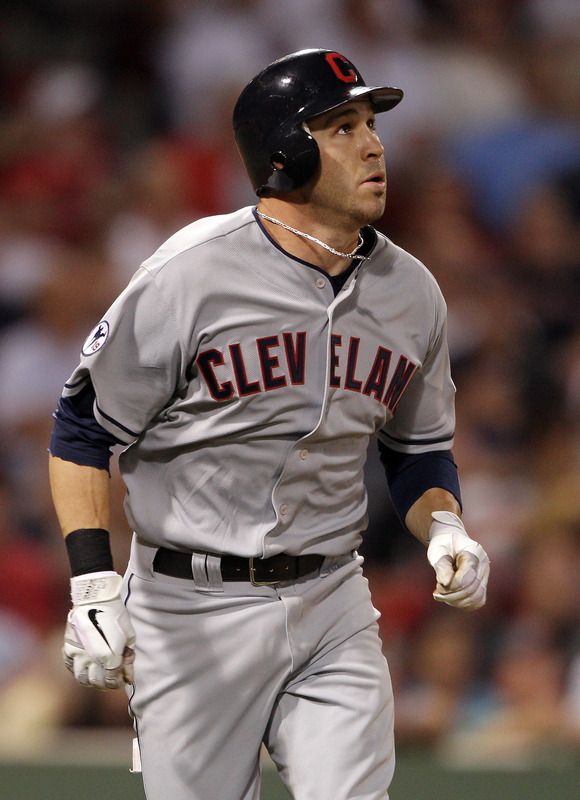




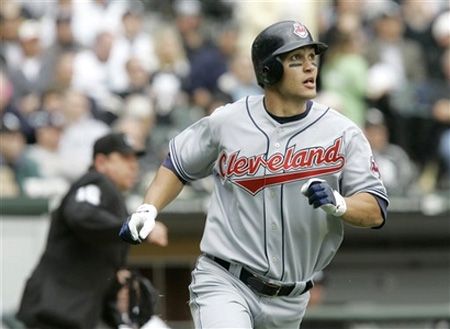
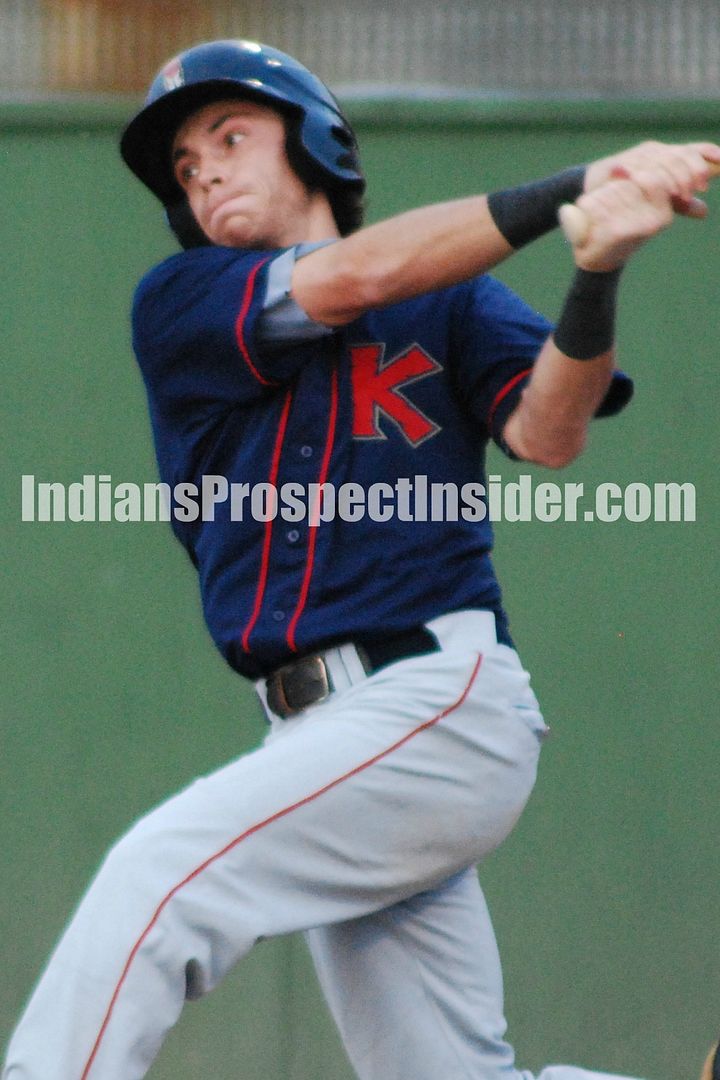

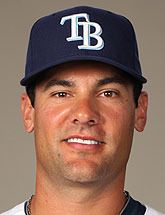
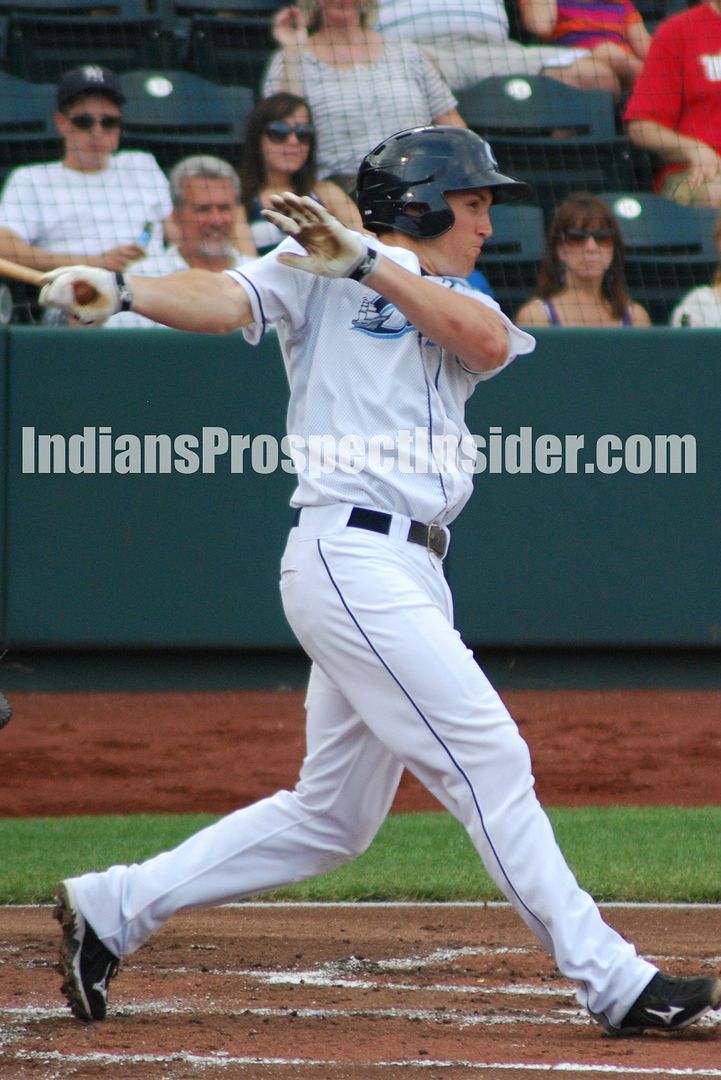
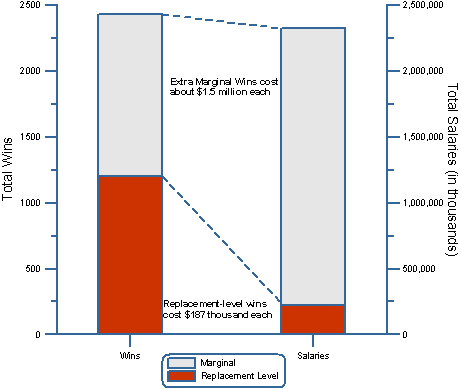
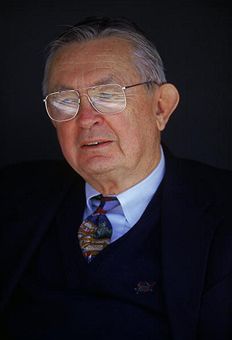

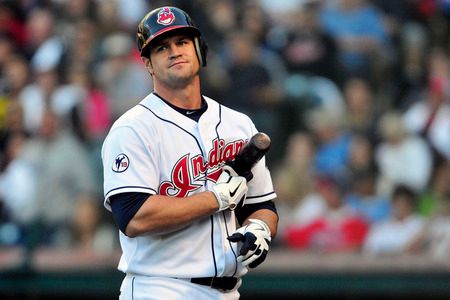
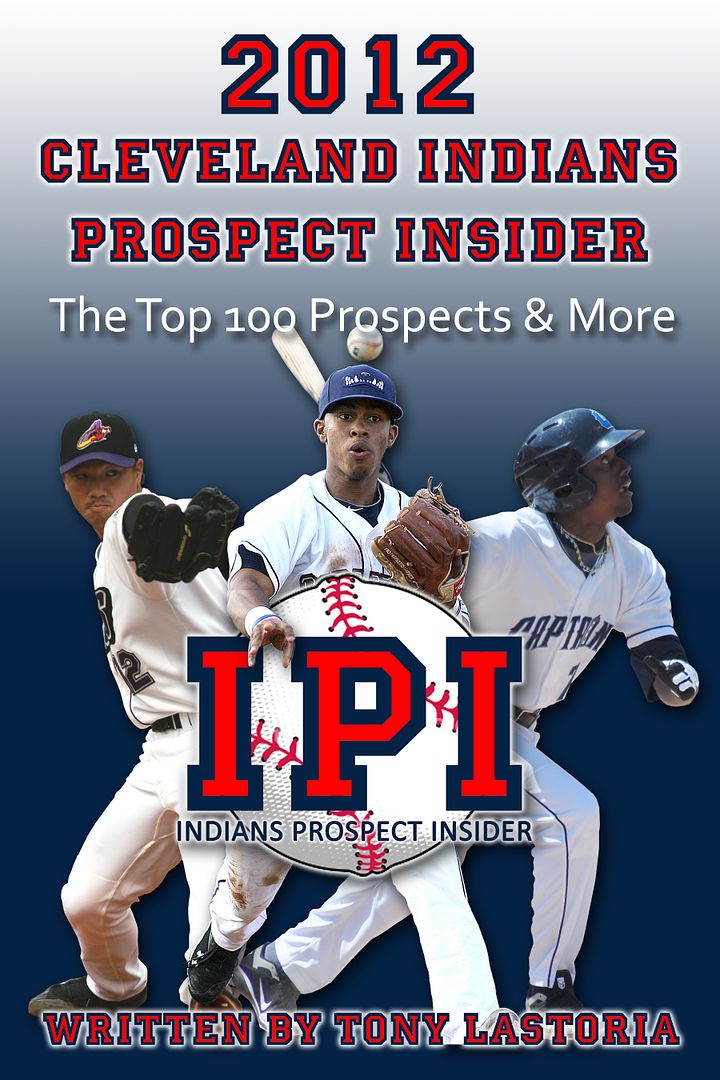
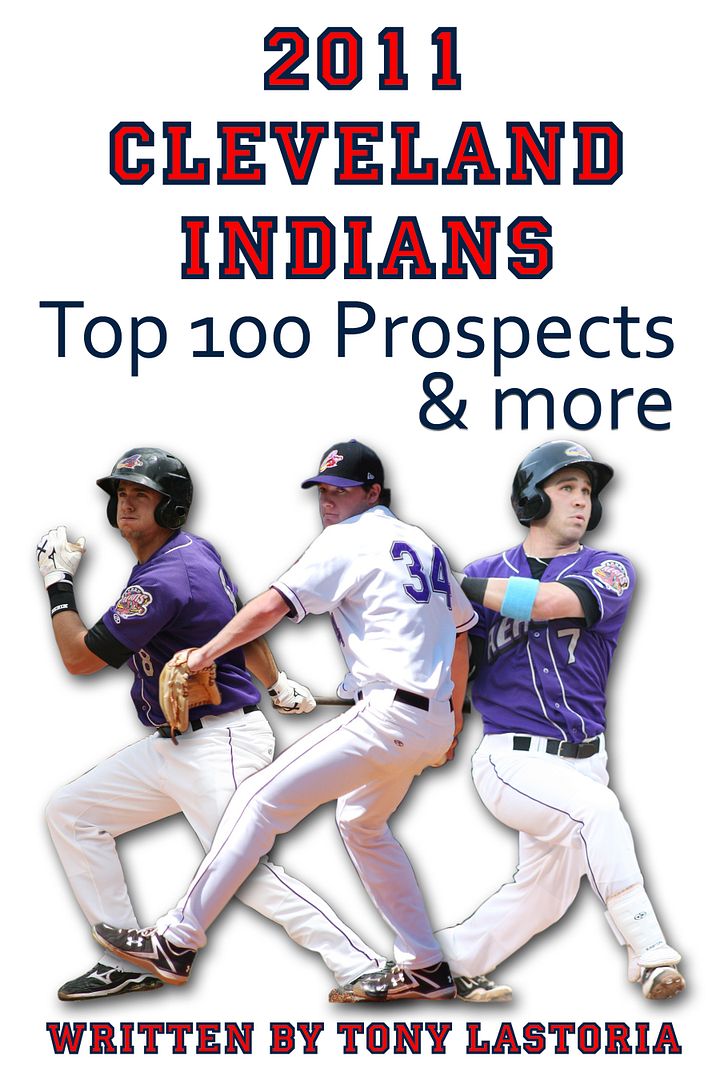
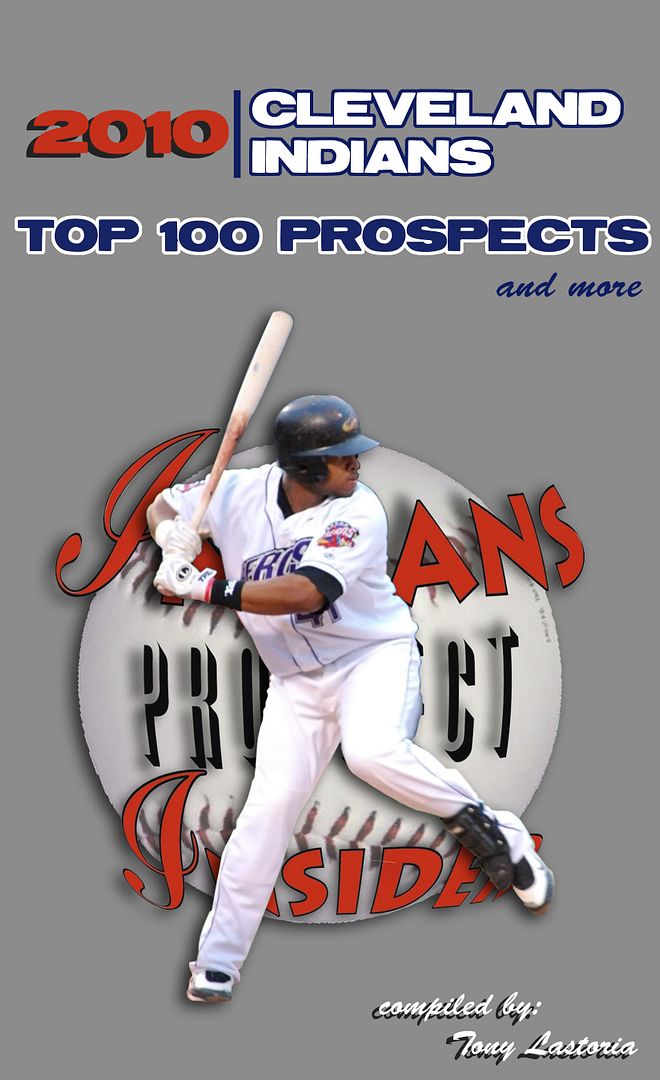
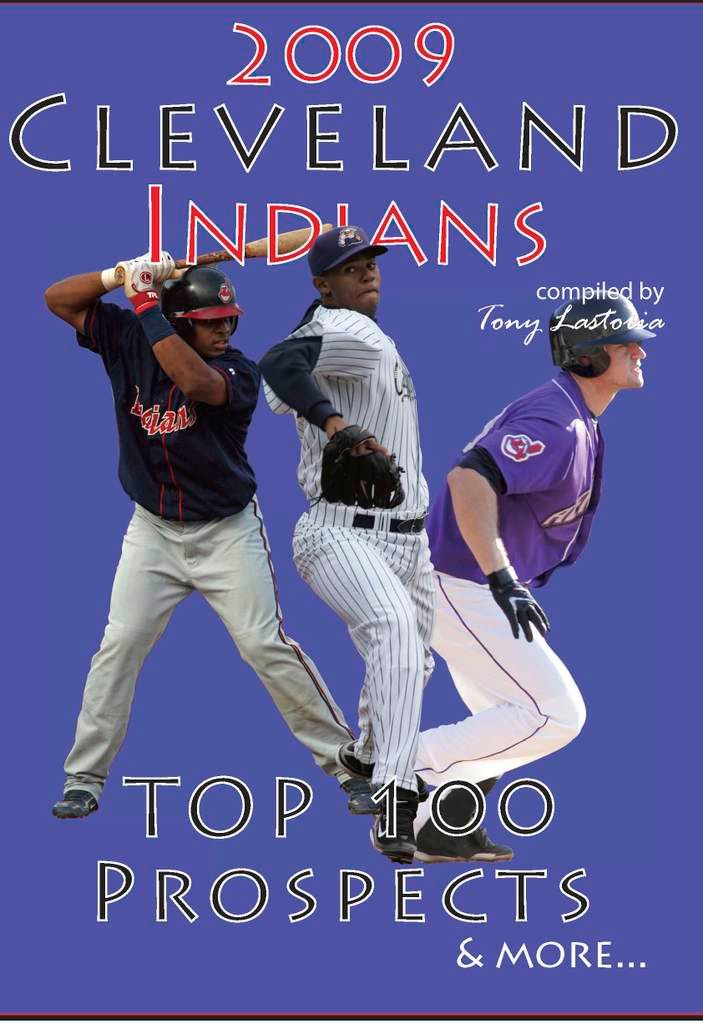
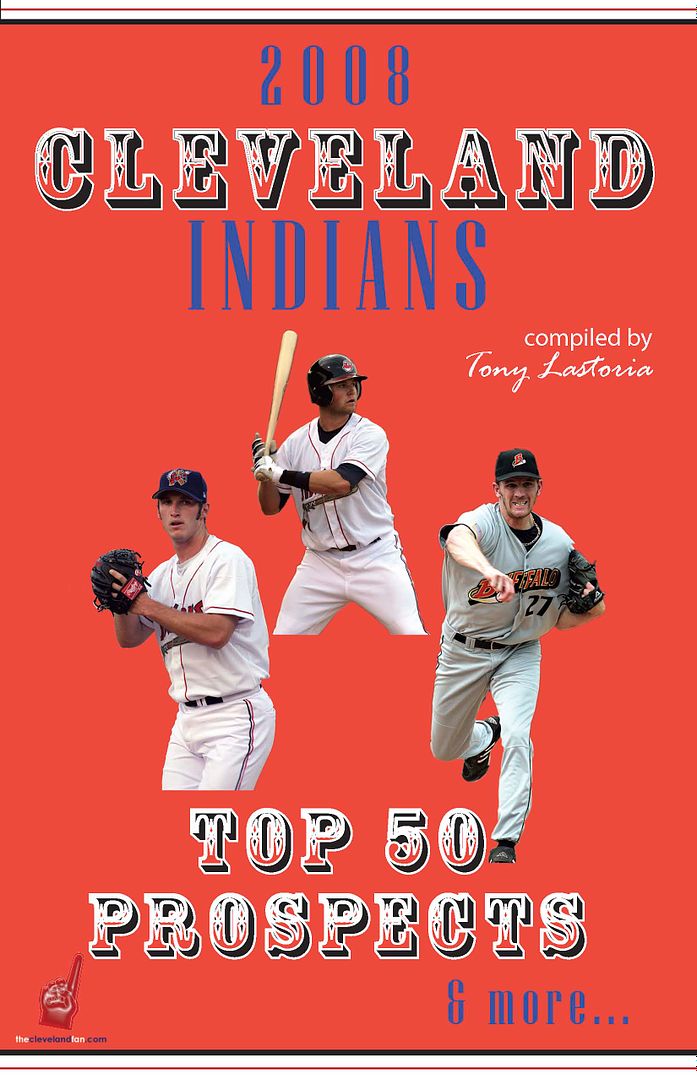
 Everything on this site is free, but for those interested in making any monetary contributions to help support the stability and growth of this site please click on the "Donate" button below.
Everything on this site is free, but for those interested in making any monetary contributions to help support the stability and growth of this site please click on the "Donate" button below.

